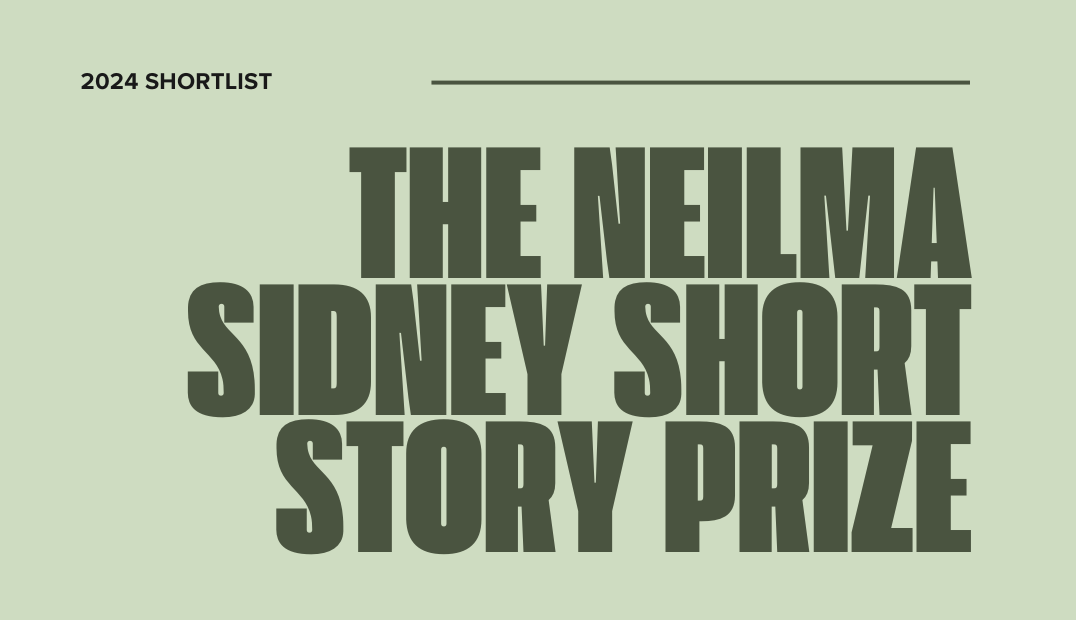She may have grown up in Tasmania, but I’m claiming Carmel Bird as a Melbourne writer because she lives here now. If you haven’t heard of her, why not? The woman has a prolific publishing history, beginning with her first collection of stories in 1983.
I published my first two books myself. If you decide to publish your own book, do it cheerfully, whole-heartedly, using all the information you can get, and be realistic in your expectations. It is probable that the book will not be reviewed, and it probably won’t be a prize-winner or a best-seller – although it might be. You will also be the subject of a certain amount of derision and also, interestingly enough, of envy. Other people can be quite jealous of your guts when you publish your own book.
Her success has won her that most coveted of all things, a Wikipedia page:
[Carmel Bird] has written nine literary novels and six collections of short fiction. She has also written three books on the art of writing, and has edited six anthologies of essays and stories. She has taught fiction writing at the Universities of Melbourne, Deakin, Latrobe, Monash, Swinburne and RMIT. She has spoken at major literary events throughout Australia, as well as in England, Canada, USA, France and Spain.
And as if that wasn’t impressive enough, she has been thrice shortlisted for the Miles Franklin – The Bluebird Cafe (1991), The White Garden (1996) and Red Shoes (1998). A prestigious shortlist may be a wonderful thing, and this author’s shortlistings include the Victorian and NSW Premier’s Awards, but no doubt Ms Bird was thrilled to take out the number one spot and win the Philip Hodgins Memorial Medal at the Mildura Writers’ Festival in 2001.
 Carmel Bird’s latest release is the dreamy novel, Child of the Twilight. Don’t let the rather gothic and theatrical cover fool you – it has nothing to do with vampires. I wasn’t entirely sure that the cover, excellent as it is, encapsulates the actual story inside, either, but maybe that’s just me.
Carmel Bird’s latest release is the dreamy novel, Child of the Twilight. Don’t let the rather gothic and theatrical cover fool you – it has nothing to do with vampires. I wasn’t entirely sure that the cover, excellent as it is, encapsulates the actual story inside, either, but maybe that’s just me.
Child of the Twilight does, however, have to do with love, and longing and showcases a pair of teenaged lovers. But I get ahead of myself.
My own name is Sydney Peony Kent. Frank and Hortense have now passed away, but they were the parents of three girls, Fatima, Lourdes, and my mother Avila. Fatima and Lourdes died as children in a measles epidemic. Avila grew up and married my father Barnaby Kent. Barnaby is descended from the family that also produced Constance Kent, a girl who murdered her baby brother in 1860 in Wiltshire, and ended up as the matron of a hospital in Australia. In Sydney, as it happened … I am unrelated by blood to any of these people, since I am the product of an unknown egg and unknown sperm, implanted in Avila at her own request. The origins of my genetic history will remain forever mysterious, since all the records have been destroyed.
Sydney is the storyteller, the IVF ‘child of the twilight’ who tells stories about herself, about art, about Black Virgin Mary statues, about lovers, priests, guilt, grief, curiosity and spinstership … but mostly about what happens when babies disappear, even if only from would-be-parents’ dreams. As the excerpt illustrates, Sydney’s stories effortlessly weave into themselves the loss of children, without sentimentality or judgement.
Child of the Twilight is a ‘whodunit’. The novel’s ‘representative child’ is the real-life Bambinello – much beloved icon and unsolved crime in the world of Christian faith. Did the Bambinello make his own God-moves-in-mysterious-way to some hidden destination for a rest from prayerful supplicants? Is his ‘copy’ up for the job? Will Rosita find him, hidden perhaps, in the hall of La Moreneta, the Black Virgin of Montserrat?
In an interview about the book, Carmel said, ‘My work is visual and musical—I work with the images that will bring forward the ideas, and with the rhythms of the language.’
Sydney’s voice dominates. She is ‘the navigator’ – all stories are told through her filter, within the rhythms of her perceptions. Readers who love her voice and are willing to wholeheartedly abandon themselves to the brilliant flow of words, themes, characters and ideas will thoroughly enjoy the novel, as I did. Those who do not may find the writing claustrophobic, with all characters, scenes and dialogue reported by Sydney, revealed through the stories she tells. Sydney’s voice has an old-world, otherworldly feel, but Bird brings the writer back into the present with Sydney’s very wicked, very ‘modern’ sense of humour. Personally, I didn’t much warm to Father Cosimo, but he was more than compensated for by the delicious Cora.
Perhaps you might like to listen to Carmel Bird read from Child of the Twilight, peruse Carmel’s informative blog or read the four-star review in Bookseller and Publisher magazine (summer edition), but whatever you do, stroll out and buy the book.





